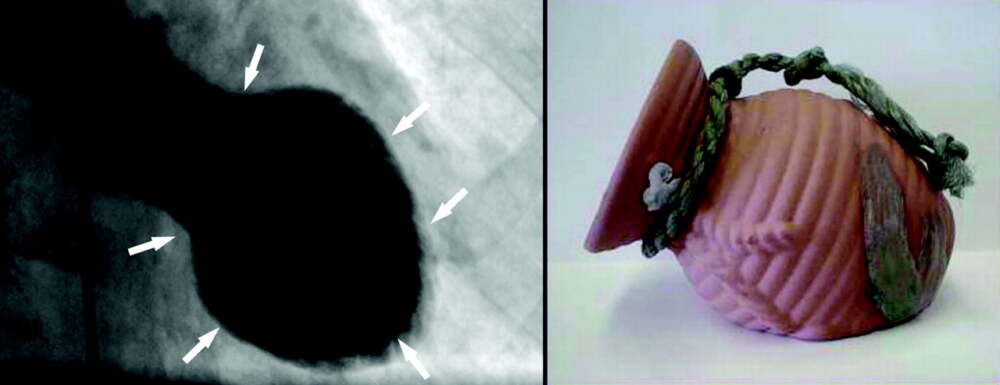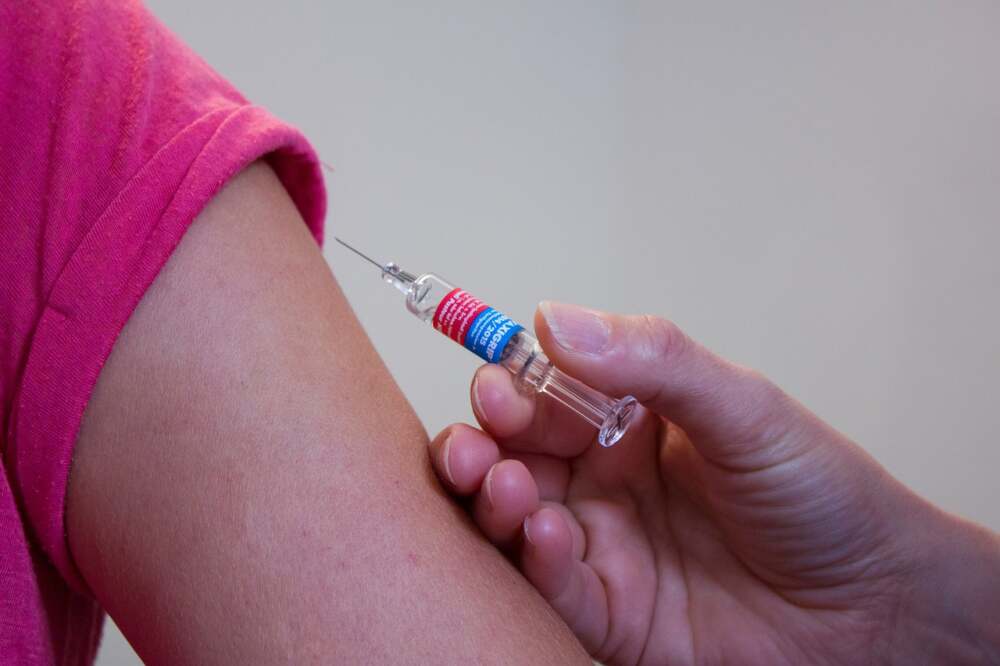Takotsubo cardiomyopathy, commonly known as broken heart syndrome, is a temporary heart condition that mimics the symptoms of a heart attack but is not caused by blocked arteries. Instead, it results from intense emotional or physical stress that leads to a sudden weakening of the heart muscle. The term “takotsubo” is derived from a Japanese octopus trap, reflecting the ballooning shape the heart takes during this condition.
What Is Takotsubo Cardiomyopathy?
Takotsubo cardiomyopathy involves a sudden, temporary weakening of the heart muscle, particularly affecting the left ventricle, the heart’s main pumping chamber. This condition often presents with chest pain and shortness of breath, symptoms that closely resemble those of a heart attack. However, unlike a heart attack, there is no significant blockage in the coronary arteries. Instead, the heart muscle becomes stunned, leading to impaired heart function.
Causes and Triggers
The exact cause of takotsubo cardiomyopathy is not fully understood, but it is believed to be triggered by a surge of stress hormones, such as adrenaline, that temporarily stun the heart muscle. Common emotional triggers include the death of a loved one, a sudden breakup, or a traumatic event. Physical stressors like a serious illness or surgery can also precipitate this condition.
Symptoms
Symptoms of takotsubo cardiomyopathy often mimic those of a heart attack and may include:
- Sudden chest pain
- Shortness of breath
- Fatigue
- Irregular heartbeat
- Dizziness or lightheadedness
These symptoms typically develop within hours of the triggering event.
Diagnosis
Diagnosing takotsubo cardiomyopathy involves ruling out other potential causes of the symptoms, particularly a heart attack. Diagnostic tests may include:
- Electrocardiogram (ECG) to assess heart rhythm
- Blood tests to check for heart damage markers
- Echocardiogram or coronary angiography to visualize heart function and rule out blockages
Imaging studies often reveal the characteristic ballooning of the left ventricle.
Treatment
Most individuals with takotsubo cardiomyopathy recover fully within weeks to months with appropriate treatment. Management typically includes:
- Medications such as beta-blockers or ACE inhibitors to support heart function
- Diuretics to reduce fluid buildup
- Anticoagulants if there is a risk of blood clots
- Stress management techniques
In severe cases, hospitalization may be required for close monitoring and supportive care.
Prognosis
The outlook for individuals with takotsubo cardiomyopathy is generally favorable, with most recovering without long-term heart damage. However, complications can occur, including heart failure, arrhythmias, and in rare cases, death. Recurrent episodes are uncommon but can happen, particularly if stressors are not managed effectively.
Gender Differences
Takotsubo cardiomyopathy predominantly affects women, especially those over the age of 50. While women are more likely to develop the condition, men who experience it tend to have a higher mortality rate. A study published in the Journal of the American Heart Association found that men were twice as likely as women to die from broken heart syndrome, with a mortality rate of 11.2% compared to 5.5% in women. The reasons for this disparity are not fully understood but may relate to differences in stress response and health management between genders. People.com
Prevention
While it may not be possible to prevent takotsubo cardiomyopathy entirely, managing stress effectively can reduce the risk. Techniques such as regular physical activity, mindfulness meditation, and seeking social support can help mitigate the impact of stress. It’s also important to address underlying health conditions and maintain regular check-ups with healthcare providers.
Conclusion
Takotsubo cardiomyopathy, or broken heart syndrome, is a serious but often reversible condition triggered by extreme stress. Awareness of its symptoms and risk factors is crucial for early detection and treatment. By understanding this condition, individuals can take proactive steps to manage stress and protect their heart health.
















Leave a Reply